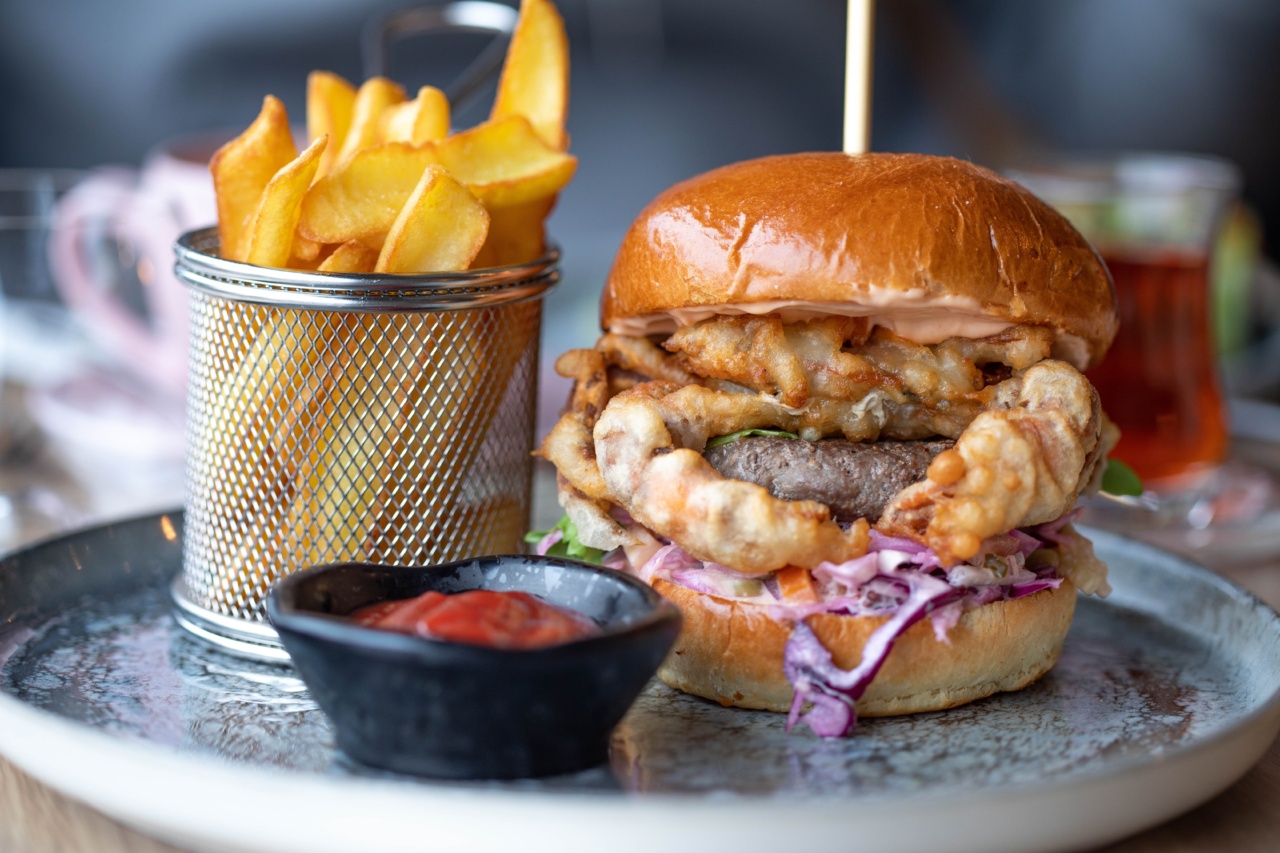Losing weight is a common goal for many individuals, but the journey isn’t always straightforward. In an ideal scenario, you’d be shedding excess fat while preserving or even building lean muscle mass.
However, sometimes you may find yourself losing muscle instead of fat, which can be frustrating and counterproductive to your fitness goals. In this article, we will explore the top five reasons why this might be happening and how you can overcome these challenges to achieve the body you desire.
1. Inadequate Protein Intake
Protein is an essential macronutrient that plays a crucial role in building and repairing muscle tissues. If you’re not consuming enough protein, your body may sacrifice muscle mass for energy instead.
To prevent muscle loss, ensure that you incorporate protein-rich foods such as lean meats, poultry, fish, eggs, dairy products, legumes, and tofu into your diet. Moreover, consider supplementing with high-quality protein powders if you struggle to meet your daily protein requirements solely through food.
2. Overemphasis on Cardiovascular Exercise
While cardiovascular exercise such as running, swimming, or cycling is fantastic for burning calories and improving cardiovascular health, excessive focus on cardio can lead to muscle loss.
Long-duration cardio sessions activate the catabolic state in the body, where muscle proteins are broken down to meet the energy demands. It’s advisable to balance your workout routine by incorporating strength training exercises that stimulate muscle growth and maintenance.
3. Inadequate Strength Training
If your exercise routine predominantly consists of cardio workouts, you might be missing out on the benefits of strength training.
Strength training exercises, such as weightlifting, resistance band workouts, or bodyweight exercises, stimulate muscle growth by imposing stress on your muscles. When you don’t challenge your muscles regularly with progressive resistance training, your body has no reason to maintain or build muscle mass.
Make sure to include strength training exercises at least two to three times a week to preserve muscle mass.
4. Insufficient Caloric Intake
While it may seem counterintuitive, consuming too few calories can actually hinder your weight loss progress and lead to muscle loss. Your body needs an adequate supply of energy to function optimally, including maintaining muscle mass.
When you significantly restrict your caloric intake, your body may turn to muscle tissue for fuel, especially if you’re not consuming enough protein. It’s important to strike a balance between a moderate caloric deficit for fat loss and providing enough energy and nutrients to support muscle maintenance.
5. Lack of Proper Recovery
Recovery is a crucial yet often overlooked aspect of any fitness journey. Without sufficient rest and recovery, your body may struggle to repair and rebuild muscle tissues.
Additionally, inadequate sleep can disrupt hormone levels responsible for muscle growth and maintenance. Ensure that you prioritize quality sleep, aim for 7-9 hours each night, and incorporate rest days into your training program. Active recovery strategies like stretching, foam rolling, and yoga can also promote muscle recovery and prevent muscle loss.
Conclusion
Although losing muscle instead of fat can be disheartening, understanding the reasons behind it allows you to make the necessary adjustments to your diet and exercise routine.
By ensuring an adequate protein intake, balancing cardiovascular exercise with strength training, consuming enough calories, and prioritizing proper recovery, you can maximize fat loss while preserving and potentially even building muscle mass. Remember, sustainable progress takes time and patience, so stay committed to your fitness goals and make adjustments as needed along the way.




























